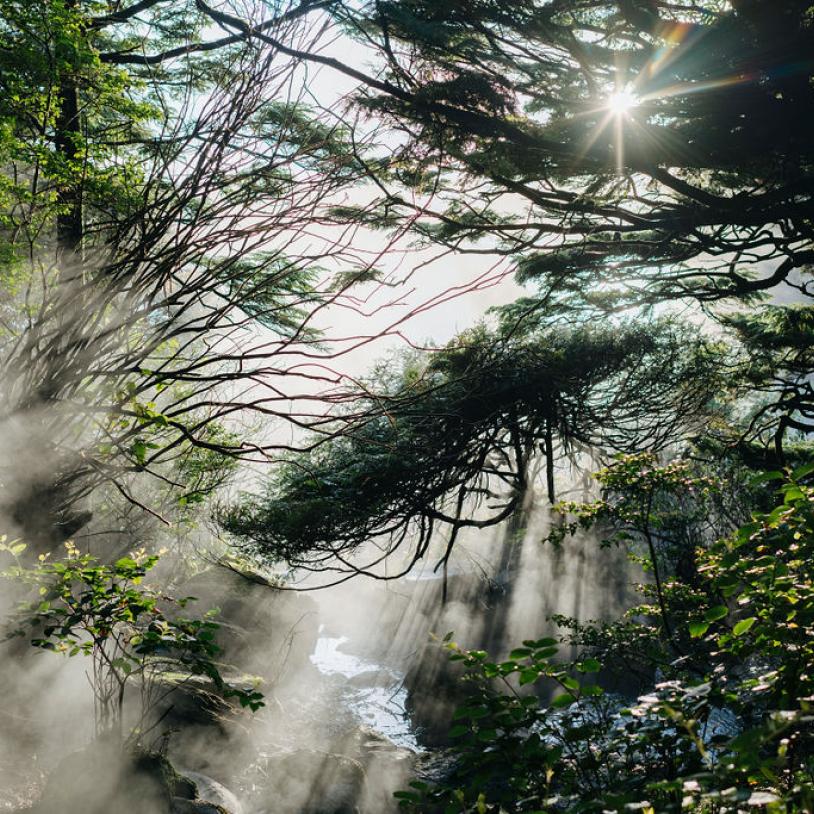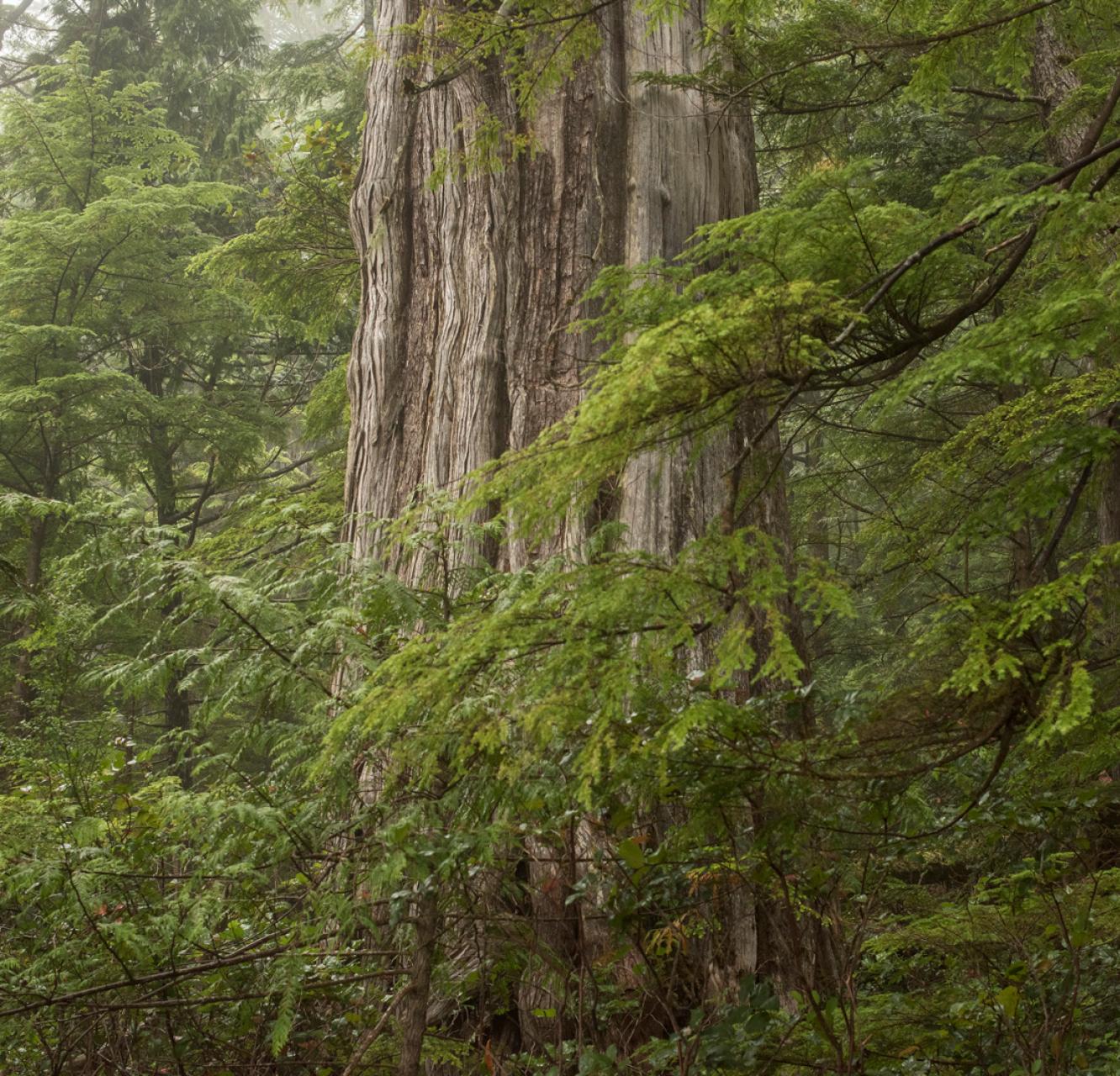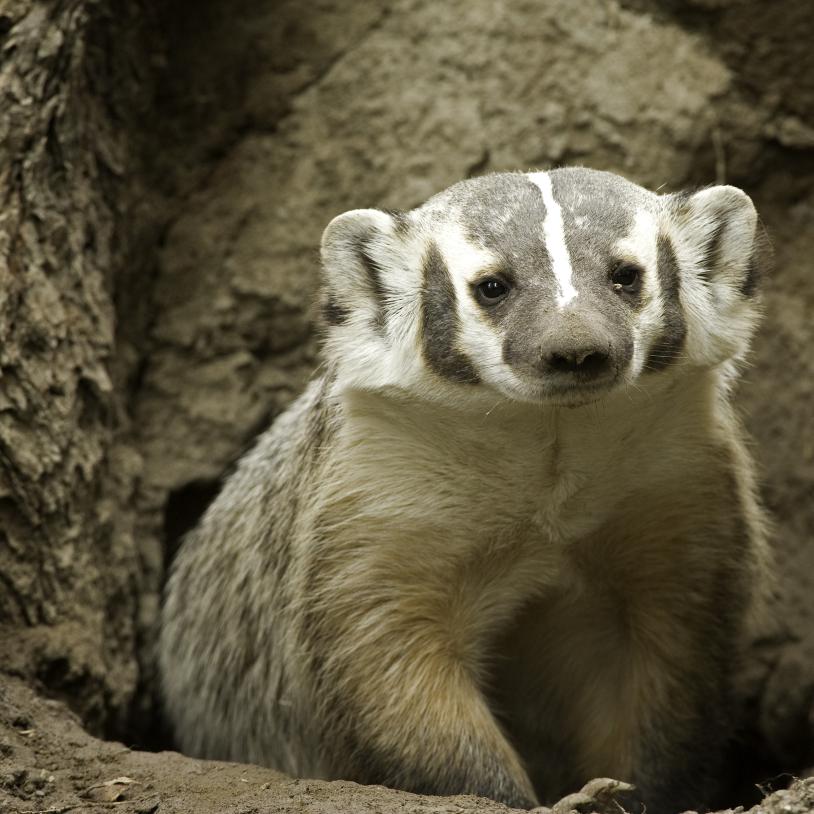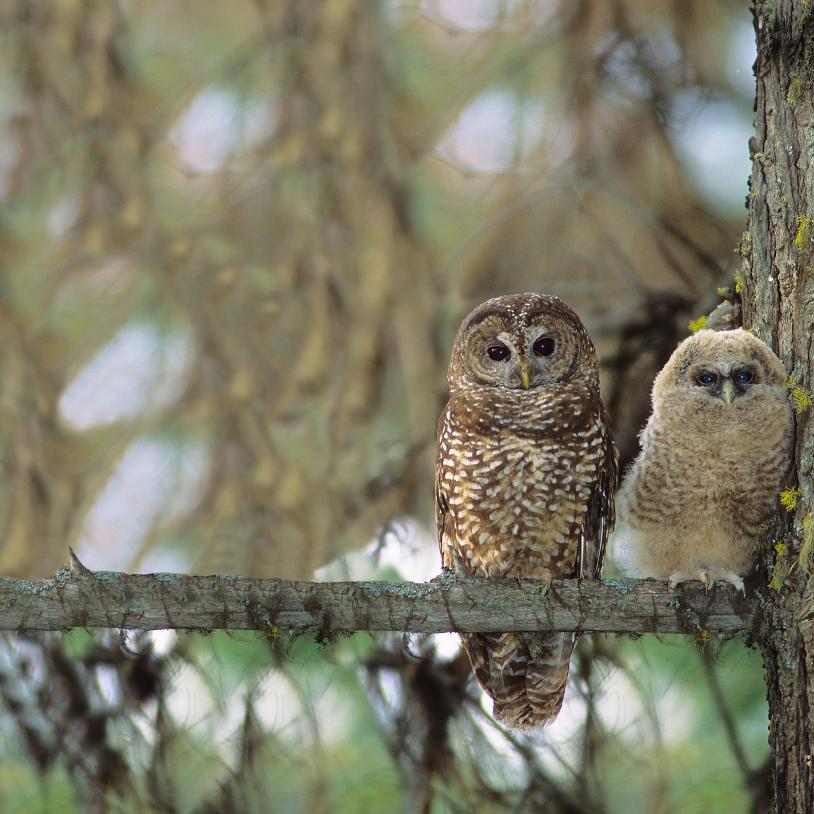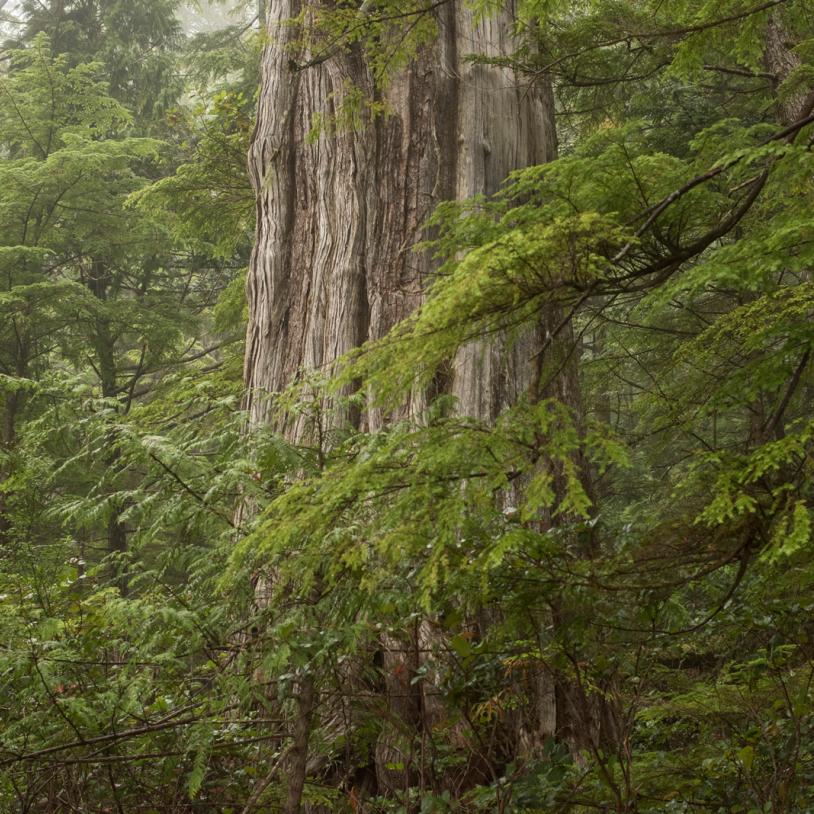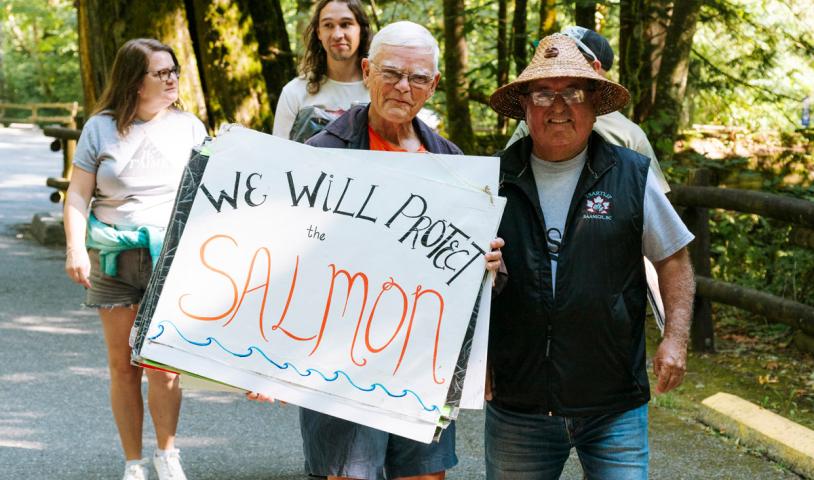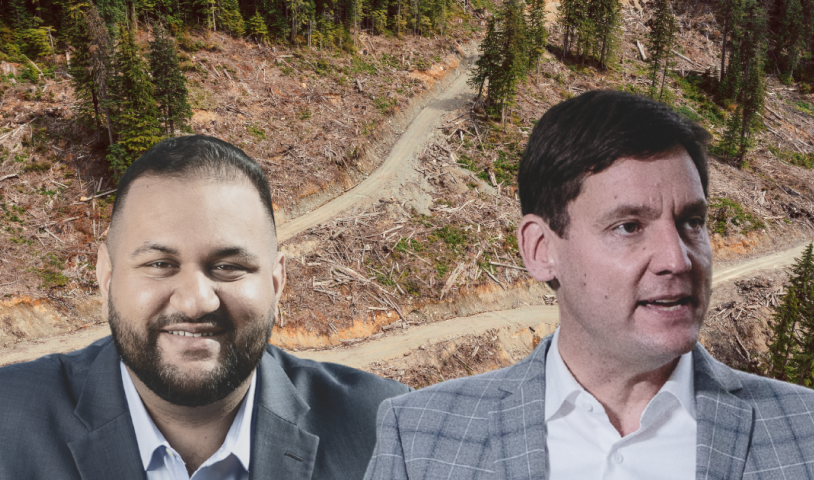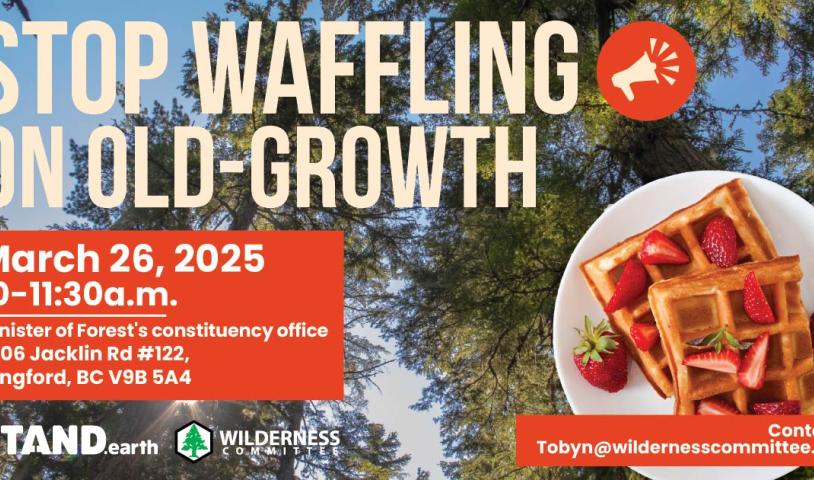Tria Donaldson: Preservation of irreplaceable Nanoose Bay Forest worth fighting for
Tuesday, November 22, 2011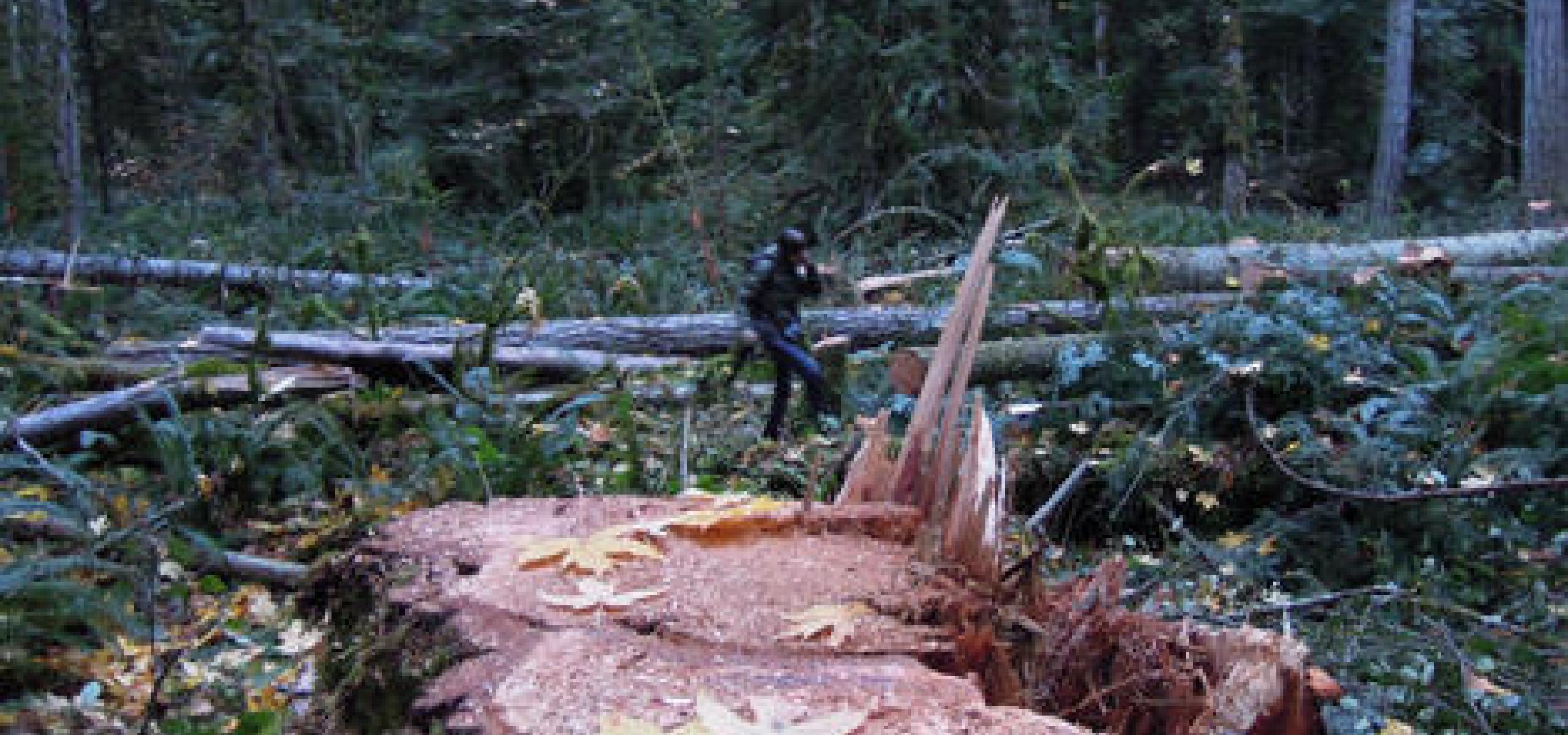
Georgia Straight
By Tria Donaldson,
November 22nd, 2011
The Nanoose Bay Forest, also known as DL33, is a 64-hectare forest on Vancouver Island that has been at the heart of a two-year campaign to save some of the last old-growth coastal Douglas-fir (CDF) trees found anywhere in the world. And the fight to save this parcel of land is now heating up, as loggers and environmentalists face off over the future of the forest.
The coastal Douglas-fir zone has an incredible and unique diversity of life. It has the second highest concentration of threatened species in the province (behind only the Okanagan). This ecosystem has a Mediterranean-like climate, with trees such as coastal Douglas-fir, arbutus, and Garry oak, and is filled with rare and at-risk species like the marbled murrelet and alligator lizard.
The coastal Douglas-fir ecosystem is only found on the east of Vancouver Island and in small pockets of the Lower Mainland and Washington state. There are only 256,800 hectares of CDF forests in the whole world, and these forests have been under pressure from logging and other human development.
The Nanoose Bay Forest is an invaluable part of one of the most threatened ecosystems in Canada. Overall, only one percent of old-growth CDF trees remain. And of that old-growth, even less of it exists on publicly owned land.
The Nanoose Bay Forest is one of these rare publicly owned parcels of coastal Douglas-fir. Though it was logged about 100 years ago, there are still over 100 veteran old-growth trees, and over 35 at-risk species call this forest home. For now.
Residents and conservation groups have been fighting to protect this special piece of land. Nanoose Bay Forest was misclassified by government scientists as western hemlock, a less endangered forest type. Though the B.C. government’s own policies encourage the protection of this forest type, the Nanoose Bay Forest was one of the only pieces of publicly owned coastal Douglas-fir forest for which government has issued a cutting license.
For almost two years, environmentalists and strong local opposition stalled logging operations, but last week the chainsaws roared into life and started cutting. On the morning of November 9, some local residents were on site to hear the first forest giant hit the ground with a terrific thud.
The next day I rushed up to Nanoose Bay to check out the logging firsthand. I stood in a clearing surrounded by felled trees and stumps. The smell of gasoline and wet leaves filled the air. Some of the fallen trees were five feet across, which is a rarity indeed for coastal Douglas-firs. The logging was close to sensitive wetlands—the same wetlands in which I saw endangered red-legged tree frogs just last year.
As we walked deeper in the forest we saw recent signs of bear activity, and heard stories of herds of elk roaming through the land. Through a fine mist of rain, we saw a forest exploding with life. We saw dead snags with visible signs of woodpeckers, saw-whet owl nests, and bald eagles circling overhead. We saw hundreds of varieties of mushrooms, including yummy chanterelles.
The dense underbrush and tall trees of the past stood in jarring contrast to the destructive clearcuts that would be the future of Nanoose Bay Forest if logging is to continue.
Nanoose Bay Forest is one of the last pieces of old-growth coastal Douglas-fir standing. Once we cut through this, there isn’t a lot left, especially old-growth, that the provincial government can actually step in and protect.
This ecosystem is irreplaceable. And if we don’t step up and start implementing a plan to protect what is left, the entire coastal Douglas-fir ecosystem could be gone forever.
Tria Donaldson is the Pacific coast campaigner for the Wilderness Committee. As a youth climate activist, she has been involved with the goBeyond project, the Sierra Youth Coalition, and the Canadian Youth Climate Coalition.
